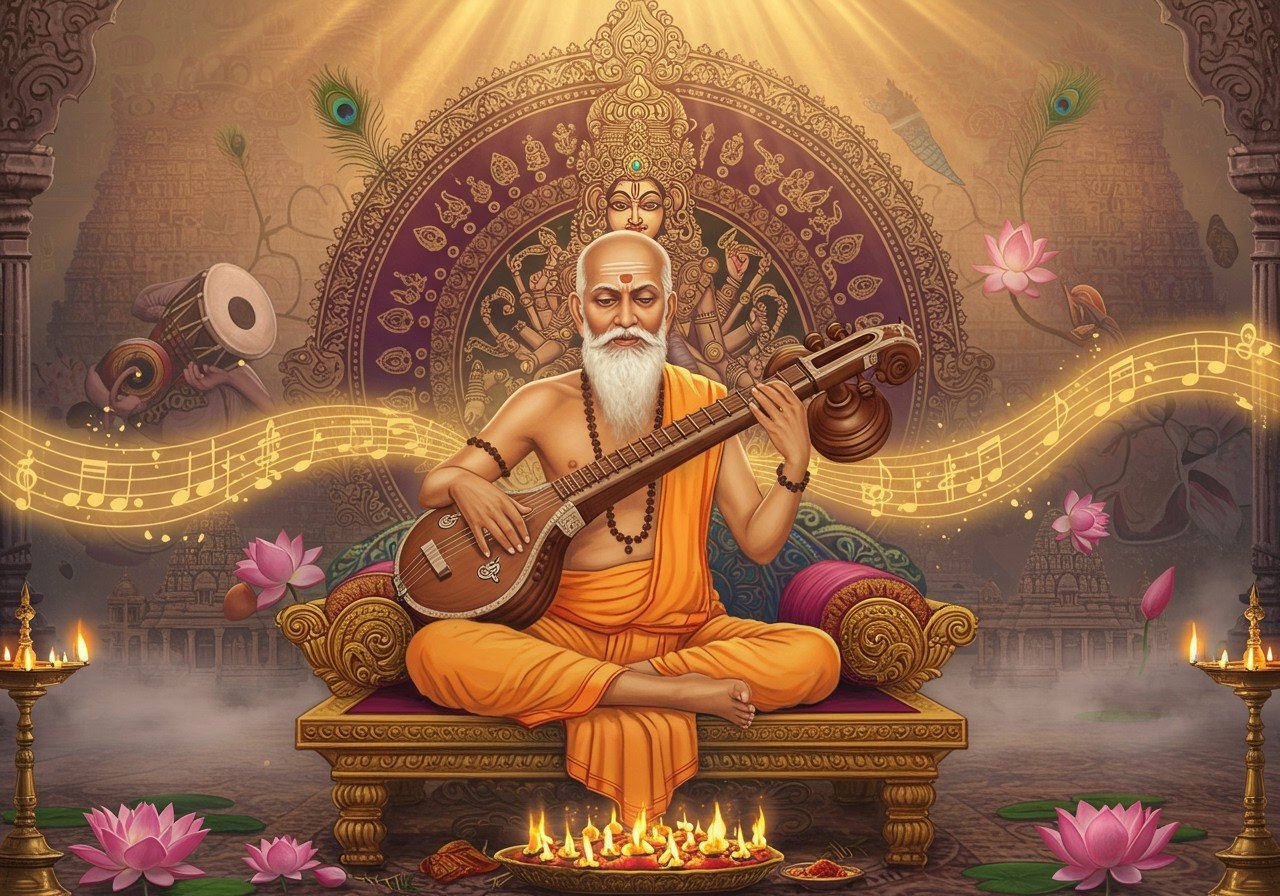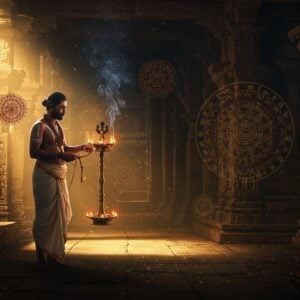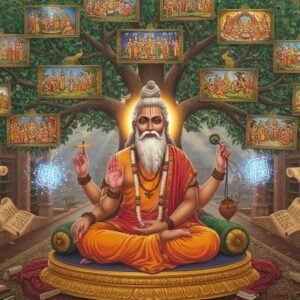Syama Sastri’s Enduring Influence on South Indian Culture

Syama Sastri (1762-1827), a revered figure in Carnatic music, holds a prominent place as one of the “Trinity of Carnatic Music.” He stands alongside Tyagaraja and Muthuswami Dikshitar, each known for their distinct styles and contributions. Sastri’s impact extends beyond melodies, deeply influencing South Indian culture and spiritual practices.
Compositional Brilliance and Innovation
Sastri’s compositions are characterized by a harmonious blend of classical rigor and emotional depth. He expertly crafted Kritis, Svarajatis, and Varnams, signing them with “Syama Krishna.” Primarily composing in Telugu, he also demonstrated versatility with works in Sanskrit and Tamil. His innovative development of the Svarajati form transformed it from a dance accompaniment to a standalone piece, showcasing melodic beauty and rhythmic intricacy.
Rhythmic Intricacies and Melodic Nuances
Sastri’s music is renowned for its complex rhythmic patterns, often highlighting the Viloma style of Chapu thalam. This rhythmic complexity adds layers of depth, captivating listeners. He favored ragas like Saveri and Anandabhairavi, but also explored rare ragas like Manji, Chintamani, and Kalagada, demonstrating his adventurous spirit and expanding the melodic landscape of Carnatic music. You can find instruments for playing these melodies at poojn.in.
Devotional Essence
Deep devotion permeates Sastri’s music. Many compositions are dedicated to deities, particularly Goddess Kamakshi. His Navaratnamalika, a set of nine pieces praising Goddess Meenakshi of Madurai, exemplifies his profound spiritual expression through music. The emotional and devotional qualities of his work have resonated with generations of musicians and listeners. Poojn.in supports spiritual practices by offering a wide selection of puja items, including those for Goddess Kamakshi, available at poojn.in.
Cultural Heritage and Legacy
Syama Sastri’s legacy is deeply interwoven with South Indian culture. His compositions are not merely performed but are integral to Carnatic music education and cultural rituals. They bridge traditional values with contemporary practices, ensuring the continuity of this rich heritage. Explore more about the cultural significance of deities at poojn.in.
Influence on Dance and Expressions
Sastri’s music plays a vital role in Bharatanatyam, enriching this classical dance form. The rhythmic and melodic intricacies of his compositions provide a rich canvas for dancers to express complex emotions and narratives, elevating storytelling through movement. Poojn.in supports dance traditions with related items available at poojn.in.
FAQs: Understanding Syama Sastri’s Impact
How has Syama Sastri influenced South Indian Culture? Sastri’s influence is profound, shaping musical traditions, dance forms, and spiritual practices. His compositions are integral to cultural rituals and ceremonies, reflecting the region’s values and beliefs. His work also extends beyond music, contributing to linguistic and artistic traditions.
What is Syama Sastri’s impact on contemporary music? Sastri’s compositions continue to inspire contemporary musicians. They serve as a foundation for innovation, blending traditional elements with modern interpretations. His work helps bridge the gap between generations, ensuring the ongoing evolution of Carnatic music.
For a wider understanding of Hindu spirituality and related figures, visit our blog posts on Ramayana’s Influence and Ramayana Friendship Lessons at poojn.in.


